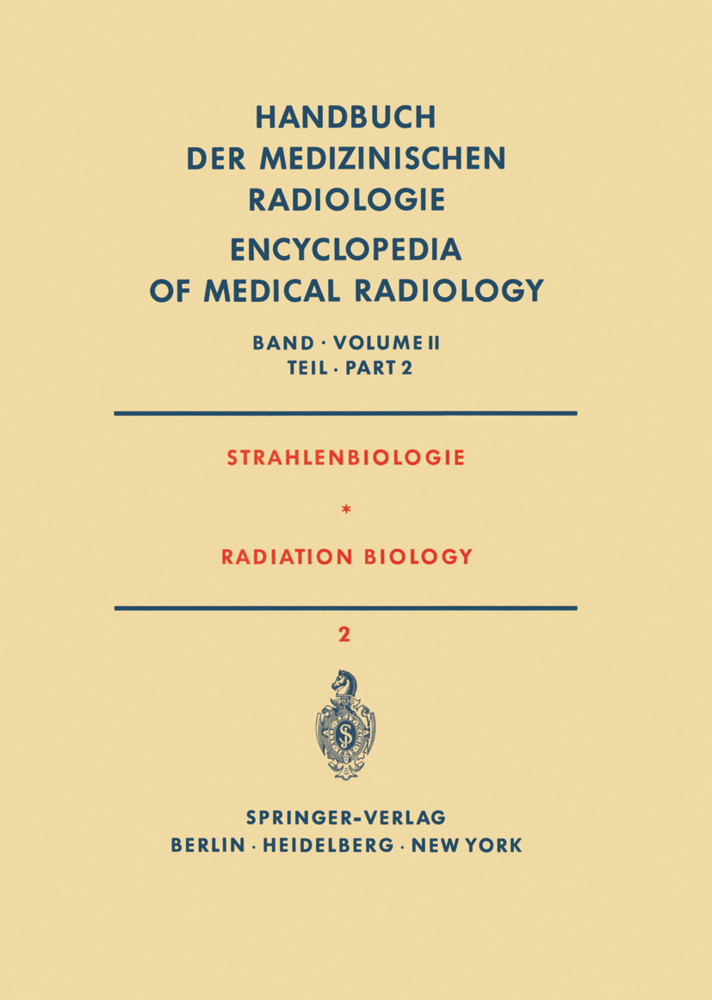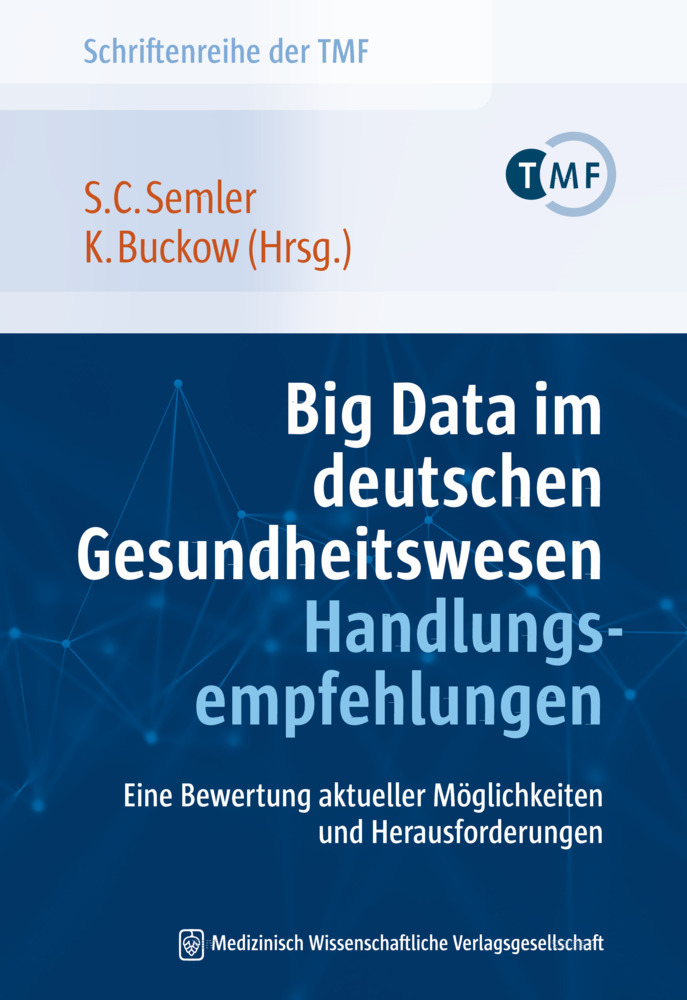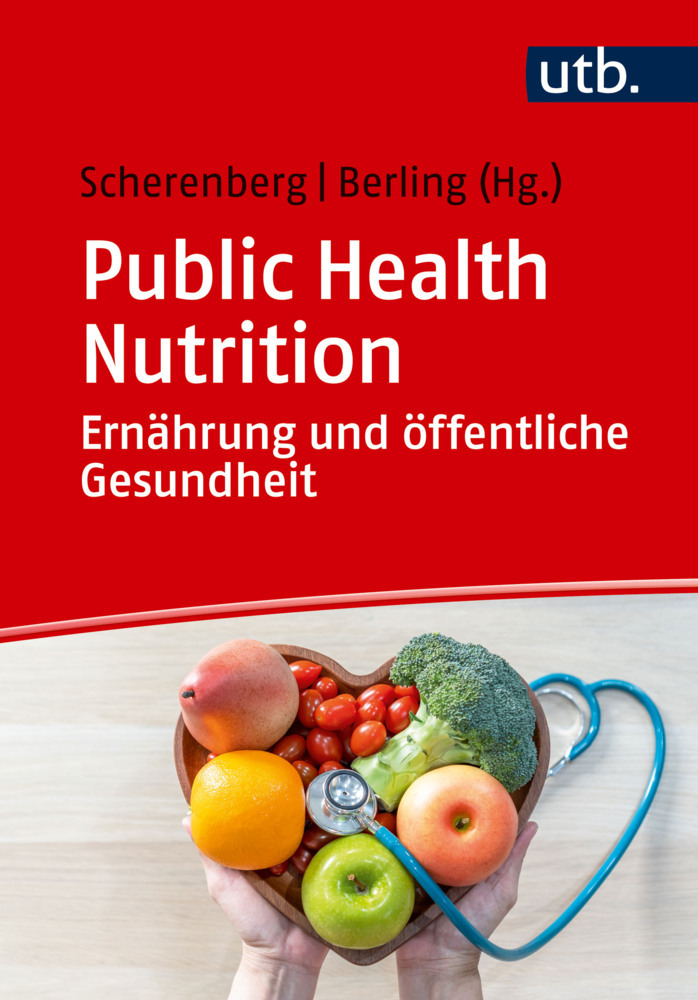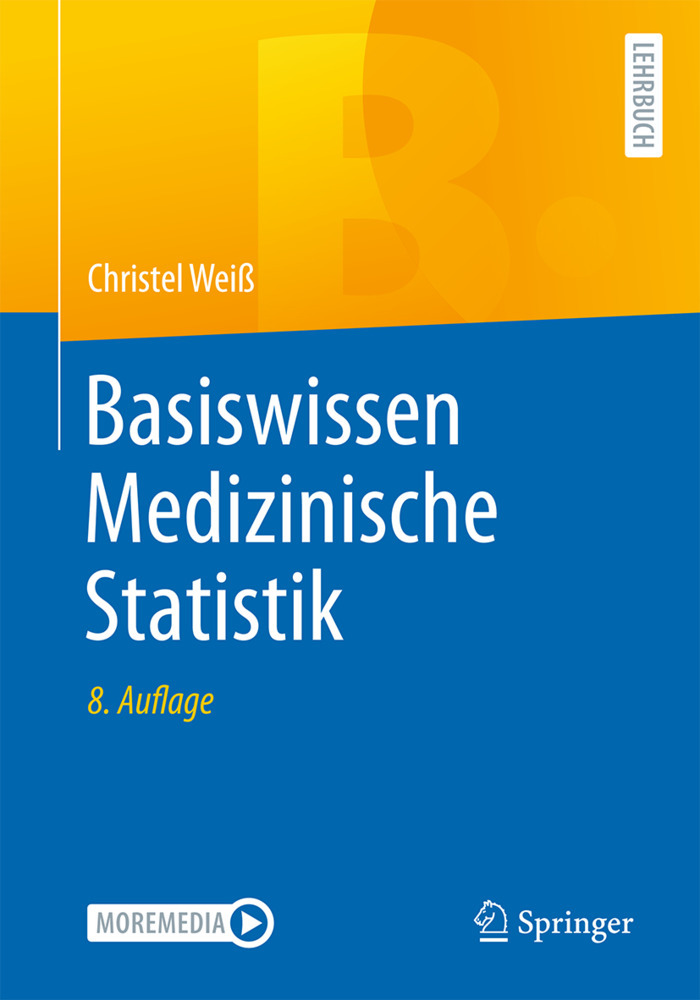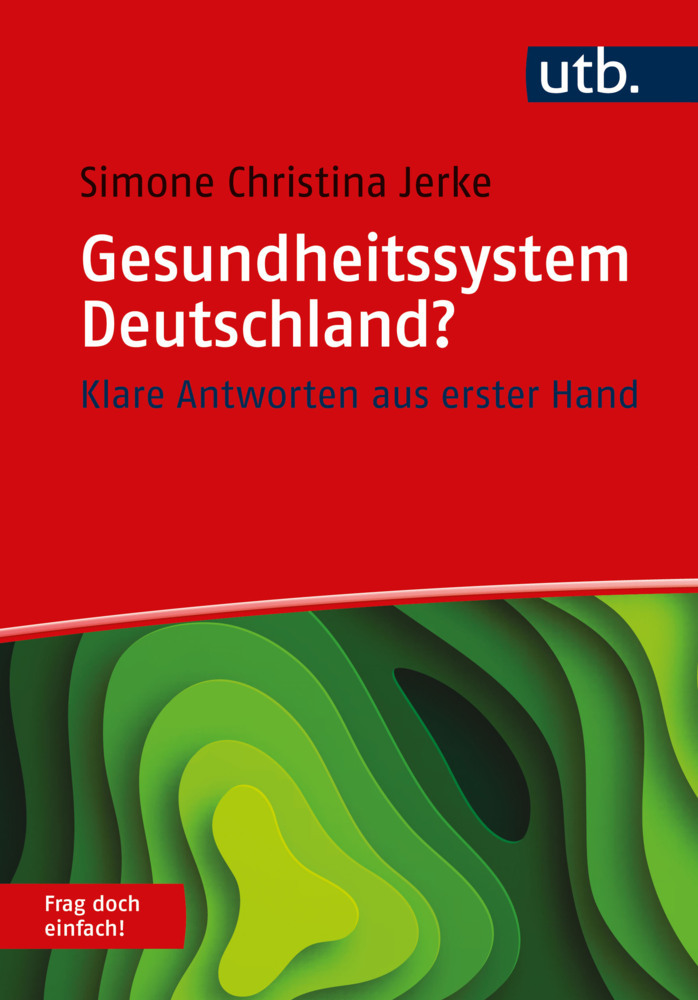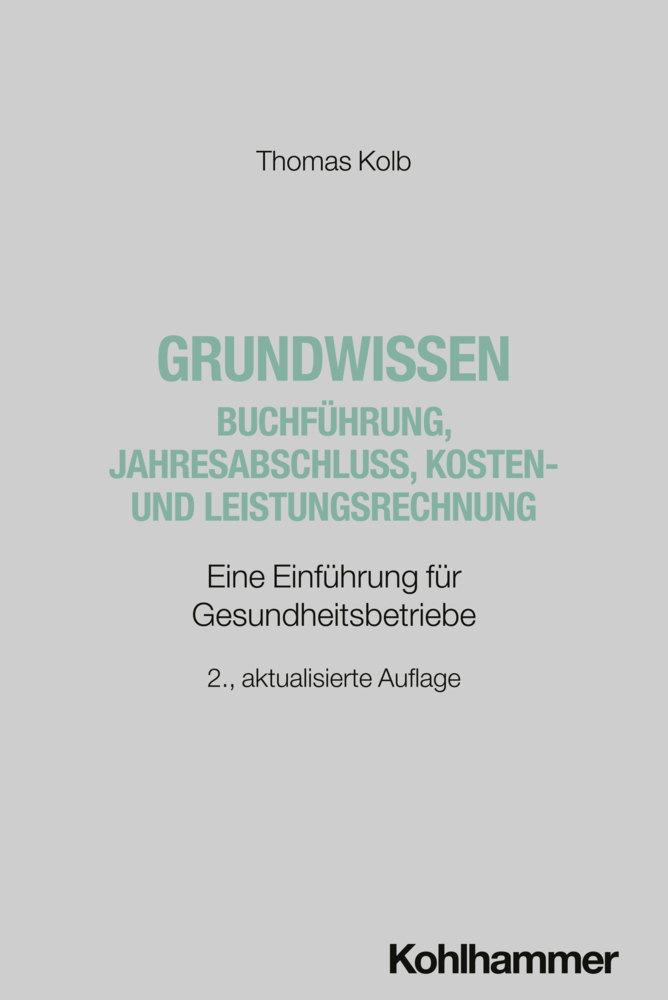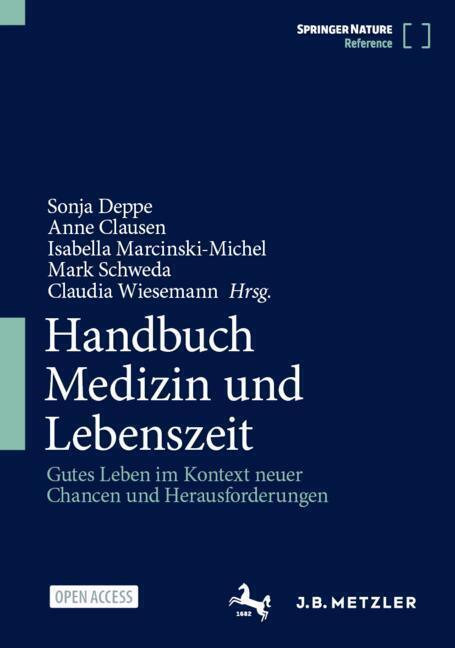Strahlenbiologie / Radiation Biology
Strahlenbiologie / Radiation Biology
Die Strahlenbiologie hat sich von einem Forschungszweig, mit dem sich noch vor wenigen Jahrzehnten nur die Strahlentherapeuten und vereinzelte Biologen beschaftigten, zu einem Arbeitsgebiet entwickelt, das die gesamte Medizin und weiteste Gebiete der Biologie interessieren muB. Auf dem Gebiet der Radiologie wird die Radiobiologie von zwei verschiedenen Richtungen gefordert. Einerseits - hier ist der Ursprung dieser Wissenschaft zu suchen - ergeben sich aus der klinischen Beobachtung Fragestellungen, die man auf experimentellem Weg zu beantworten versucht. Andererseits bearbeitet eine besondere Gruppe von Biologen, die vornehmlich die ionisierende Strahlung als Instru ment benutzt, ihre Probleme. Beide Gebiete haben enge Verbindung, solI ten sich gegen seitig fordern und konnen auch vereint, sogar durch dieselbe Person, ihre praktische Auswirkung erfahren. Zuerst haben die Radiologen ihre mannigfaltigen Probleme selbst aufzuklaren versucht. Mit zunehmender Verbesserung und Verfeinerung der Methode hat sich im Rahmen der Radiologie die besondere Arbeitsrichtung der Radiobiologie ausgesondert, die heute zum Teil eigene Wege geht. Die Radiobiologie gewinnt fur die Strahlentherapie immer mehr an Bedeutung, so daB man versucht ist, die Hoffnung auszudrucken, daB die Radiobiologie berufen sein wird, die Radiotherapie aus der empiri schen Sphare in eine exakt fundierte zu fiihren. In noch starkerem MaB hat sich auf dem Gebiet der Radiodiagnostik die Situation gewandelt. Ohne grundliche radiobiologische Kenntnisse kann die Anwendung ionisierender Strahl en fur Untersuchungszwecke heute nicht mehr verantwortet werden. Die N uclearmedizin vereinigt auf radiobiologischem Gebiet die Forderungen, die fur Radiotherapie und -diagnostik aufgestellt wurden.
II. The effect of ionizing radiation on the ability of microorganisms to form colonies
III. The action of ionizing radiation on other aspects of viability
IV. The effect of ionizing radiation on viruses
V. Theoretical interpretation of the effect of ionizing radiation on microorganisms
B. Phänomenologie der Strahlenwirkungen auf Organe und Organsysteme.
I. Histopathologie der Wirkung ionisierender Strahlen auf höhere Organismen (Tier und Mensch)
II. Morphologische Veränderungen der Blutzellen (Peripheres Blut)
C. Changes in immunobiological processes caused by radiation
I. Introduction
II. The known and the unknown
III. The effect of radiation on the immune mechanism
IV. Antibody-forming cells in in vivo cultures
V. Transplantation antigens
VI. Conclusion
References
D. Exposure of man to ionizing radiation from natural and artificial sources
I. Introduction
II. Natural sources of ionizing radiation
III. Artificial sources of radiation
IV. Comparison of doses and dose-rates from different sources
V. Discussion of the significance of small doses and dose-rates
VI. Derivation of formula for genetically significant dose
References
E. Biologie der Radionuclide
A. Catsch
F. Techniques in radiobiology
I. Introduction
II. The care and breeding of common laboratory animals for radiobiological experiments
III. The organization of a radiobiological laboratory
IV. The hazards of radiation exposure
V. Radiobiological dosimetry
Procedure for study in dosimetry
VI. The testis as a radiation dosimeter
VII. Radiation lethality
VIII. Radioprotection
IX. Irradiation lethalityaltered by fractionation of exposures
X. Irradiation erythema and epilation
XI. The hematological effects of total body x-irradiation
XII. Effect of irradiation of the embryo and/or the fetus
XIII. Tumor transplantation and radiotherapy
XIV. Eadionuclides
XV. Autoradiography
XVI. Chromosome aberrations demonstrated in cultured cells
XVII. Animal radiography
XVIII. Paper chromatography in radiobiology
References
Namenverzeichnis- Author Index.
A. Phenomenology of radiation effects on microorganisms
I. The physical character of radiation and its action on biological macromoleculesII. The effect of ionizing radiation on the ability of microorganisms to form colonies
III. The action of ionizing radiation on other aspects of viability
IV. The effect of ionizing radiation on viruses
V. Theoretical interpretation of the effect of ionizing radiation on microorganisms
B. Phänomenologie der Strahlenwirkungen auf Organe und Organsysteme.
I. Histopathologie der Wirkung ionisierender Strahlen auf höhere Organismen (Tier und Mensch)
II. Morphologische Veränderungen der Blutzellen (Peripheres Blut)
C. Changes in immunobiological processes caused by radiation
I. Introduction
II. The known and the unknown
III. The effect of radiation on the immune mechanism
IV. Antibody-forming cells in in vivo cultures
V. Transplantation antigens
VI. Conclusion
References
D. Exposure of man to ionizing radiation from natural and artificial sources
I. Introduction
II. Natural sources of ionizing radiation
III. Artificial sources of radiation
IV. Comparison of doses and dose-rates from different sources
V. Discussion of the significance of small doses and dose-rates
VI. Derivation of formula for genetically significant dose
References
E. Biologie der Radionuclide
A. Catsch
F. Techniques in radiobiology
I. Introduction
II. The care and breeding of common laboratory animals for radiobiological experiments
III. The organization of a radiobiological laboratory
IV. The hazards of radiation exposure
V. Radiobiological dosimetry
Procedure for study in dosimetry
VI. The testis as a radiation dosimeter
VII. Radiation lethality
VIII. Radioprotection
IX. Irradiation lethalityaltered by fractionation of exposures
X. Irradiation erythema and epilation
XI. The hematological effects of total body x-irradiation
XII. Effect of irradiation of the embryo and/or the fetus
XIII. Tumor transplantation and radiotherapy
XIV. Eadionuclides
XV. Autoradiography
XVI. Chromosome aberrations demonstrated in cultured cells
XVII. Animal radiography
XVIII. Paper chromatography in radiobiology
References
Namenverzeichnis- Author Index.
Zuppinger, A.
| ISBN | 978-3-642-94956-2 |
|---|---|
| Artikelnummer | 9783642949562 |
| Medientyp | Buch |
| Auflage | Softcover reprint of the original 1st ed. 1966 |
| Copyrightjahr | 2014 |
| Verlag | Springer, Berlin |
| Umfang | XIV, 668 Seiten |
| Abbildungen | XIV, 668 S. 226 Abb., 1 Abb. in Farbe. |
| Sprache | Deutsch, Englisch |

